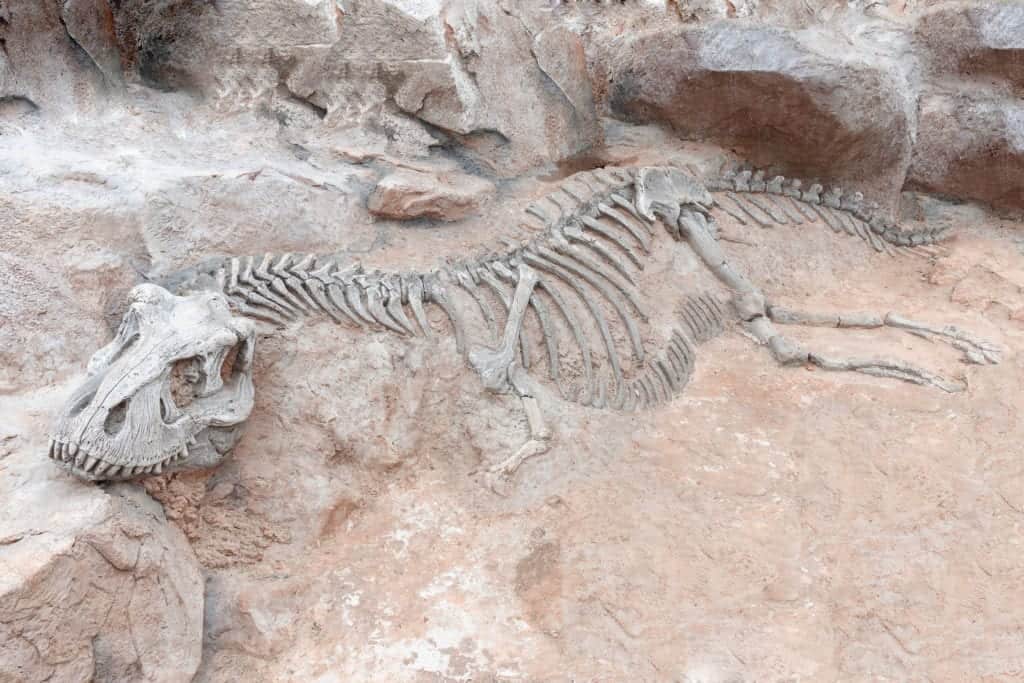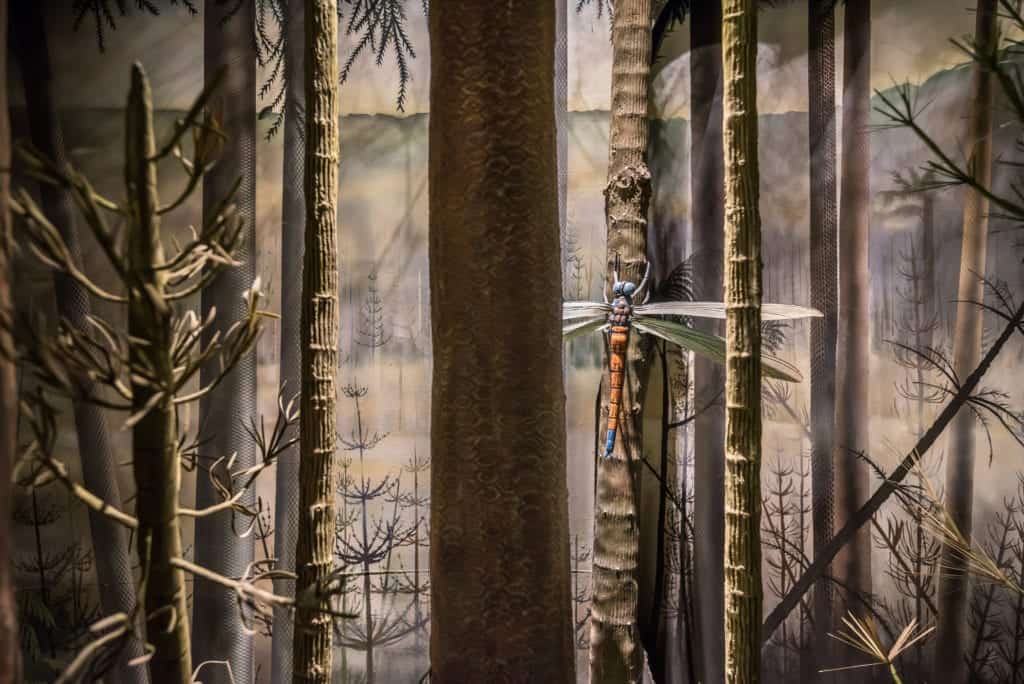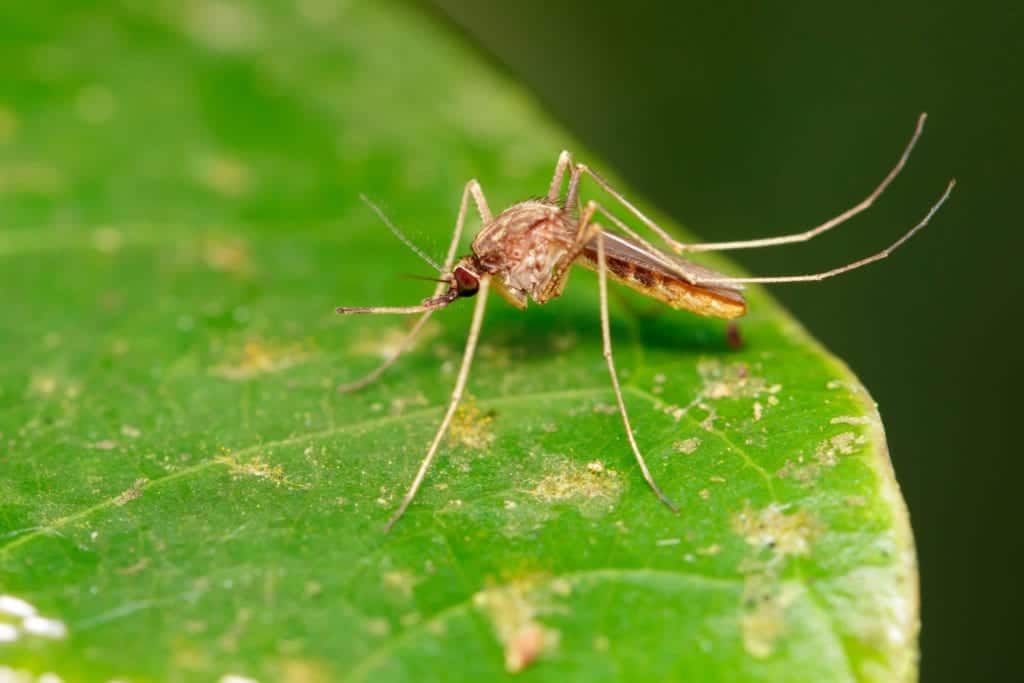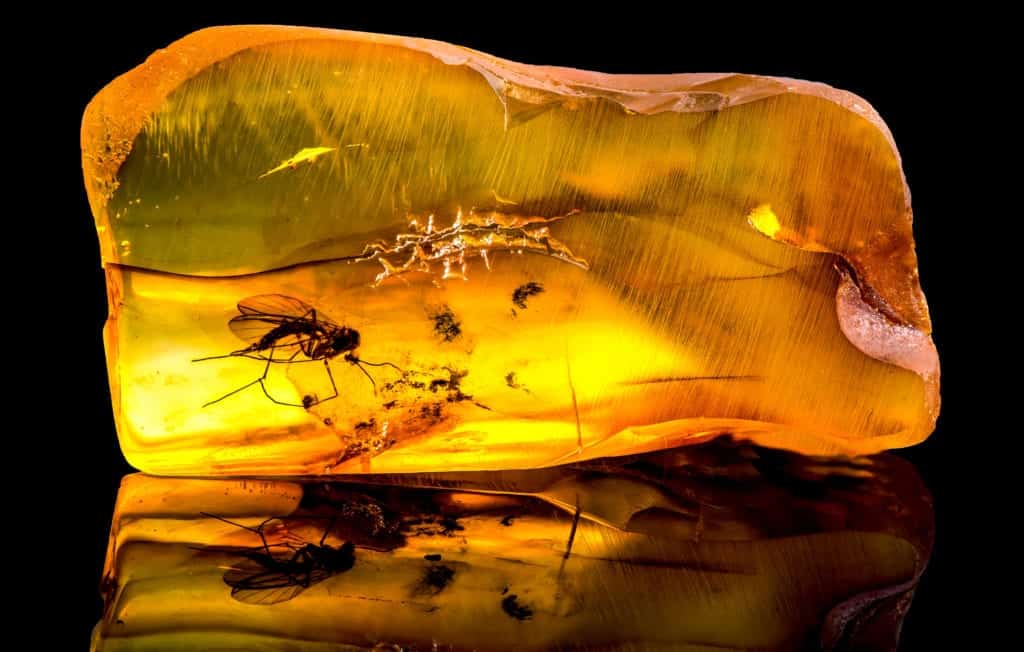Could Insects Have Ended the Dinosaurs?
Could Insects Have Ended the Dinosaurs?
A Theory of Extinction
One thing’s for certain, we are all glad that we aren’t being hunted by tyrannosaurus rexes or vicious groups of velociraptors – they’re extinct. But why? Scientists have pondered for decades as to what may have truly wiped out the dinosaurs from existence. Some theories suggest it may have involved a massive asteroid or catastrophic volcanic activity. However, according to entomologist spouses Roberta and George Poinar, there is significant evidence that suggests insects may have actually been behind the disappearance of these mighty creatures. 
Insects in Prehistoric Times
While it may seem hard to believe, hundreds of thousands of insects, similar to those alive today, used to roam the Earth with dinosaurs. Some of the most notable pre-historic creepy crawlers include:
- Meganeura Dragonflies – with a wingspan of 2 feet (65cm), these prehistoric dragonflies were the size of hawks and had a predatory nature, swopping in and capturing prey to devour.
- Cockroaches – Two ancestors of the modern cockroach, the Mulleriblattina bowangi and the Crenocticola svadba, were discovered preserved in amber in a cave in the Hukawng Valley in Myanmar, between China and India. When dated, these specimens were found to be 99 million years old! This means that they were alive and thriving during the Cretaceous Period spanning 66 to 145 million years ago.
- Bed Bugs – After 15 years of analyzing the DNA of 34 bed bug species collected from 62 different locations, a team of researchers managed to confirm that bed bugs have existed for over 100 million years. As such, it appears as though bed bugs may have originally feasted on dinosaur blood for sustenance.
- Mosquitos – these bloodsuckers have been on Earth for over 45 million years, long before the appearance of homo sapien sapiens (modern humans).

Dangerous and Deadly Insects
Today, even common insects can be extremely dangerous depending on the species. Cockroaches and ticks can spread horrible diseases, fleas can infest you internally with parasites, and the venom from some species of Hymenoptera (bees, wasps, hornets, etc.) can send you to the hospital or even send those with allergies to an early grave. Perhaps the most prolific killer, however, is the mosquito, who is notorious for transmitting fatal pathogens. Each year, mosquitos are responsible for several million deaths worldwide, making it one of the deadliest creatures alive. But were they deadly to dinosaurs as well? 
Extinction?
Much like in Michael Crichton’s fictional story, Jurassic Park, prehistoric mosquitos have actually been discovered preserved in substances such as amber. The Poinars collected various samples of these amber drops containing insects and various species of flora dating back hundreds of thousands, and even millions, of years. Following a myriad of tests, they were able to extract preserved contents within the gut of two of the amber-preserved insects. These contents revealed some shocking details about the potential health of dinosaurs. The first bug contained a pathogen that causes a parasitic disease known as leishmania. Leishmania is known for infecting reptiles and is typically found in tropical regions. Depending on the severity of the disease that is contracted, it can be relatively confined to the dermis and epidermis (causing skin lesions), or spread throughout several internal organs, attacking the liver, bone marrow, spleen, and potentially more. The second specimen contained pathogens that cause malaria – arguably the most infamous mosquito-borne disease today. While some cases of malaria can be fairly mild, others can become very severe and even fatal. Along with these amber-preserved insects, the Poinars managed to gather fossilized dinosaur feces. When analyzed they discovered further evidence of insect-transmitted parasites as well as confirmation of the presence of dysentery. The late Cretaceous period was marked by tropical climates, which would’ve provided ideal living conditions for insects to survive. These conditions would’ve led to a reasonable increase in population, which could potentially increase in the risk of dino-health due to insect-borne diseases. Furthermore, pollinating insects would’ve increased the local environment’s concentration of flowering plants, effectively reducing the natural food supply of many herbivorous dinosaurs – such as ferns, gingkoes, and cycads. Between the environmental changes caused by these insects and the insect-transmitted pathogens wreaking havoc on their health, the Poinars theorize that insects could have actually been the leading catalysts for the eventual extinction of dinosaurs. Insects and dinosaurs were, as the Poinars stated in their 2008 book on the subject, “locked in a life-or-death struggle.” As we currently face insects day to day and require pest control services, and not velociraptor control services, it’s clear that, whether they were the cause or not, insects won. 
Citations
Ferreira, B. (2019) “Bed Bugs Menaced the Dinosaur Age Before Moving into Our Mattresses,” The New York Times, 16 May. Available at: https://www.nytimes.com/2019/05/16/science/bedbugs-dinosaurs-evolution.html Hughes, V. (2008) Did the Dinosaurs Bug Out?, The Smithsonian Magazine. The Smithsonian Institute. Available at: https://www.smithsonianmag.com/science-nature/did-the-dinosaurs-bug-out-180940839/ (Accessed: October 2020). Parasites – Leishmaniasis (2020) Centers for Disease Control and Prevention. The United States Department of Health & Human Services. Available at: https://www.cdc.gov/parasites/leishmaniasis/index.html (Accessed: October 2020). Poinar, R. and Poinar, G. (2008) What Bugged the Dinosaurs? – Insects Disease, and Death in the Cretaceous. Princeton University Press. Riley, C. (2016) What If We Killed All the Mosquitos, YouTube. SciShow. Available at: https://www.yotuube.com/watch?v=e0NT9i4Qnak (Accessed: June 2020). Why Aren’t There Giant Insects? (2012) SciShow. Available at: https://www.youtube.com/watch?v=179FuGuk1qE&list=PLB3FCEEAC84884760&index=50 (Accessed: May 2020). Wu, K. (2020) Oldest Known Cave-Dwellers Are 99-Million-Year-Old Cockroaches, The Smithsonian Magazine. SmartNews. Available at: https://www.smithsonianmag.com/smart-news/99-million-year-old-cockroaches-are-oldest-known-cave-dwellers-180974284/ (Accessed: June 2020).
Request a Free Quote Today
(We do not share your data with anybody, and only use it for its intended purpose)


